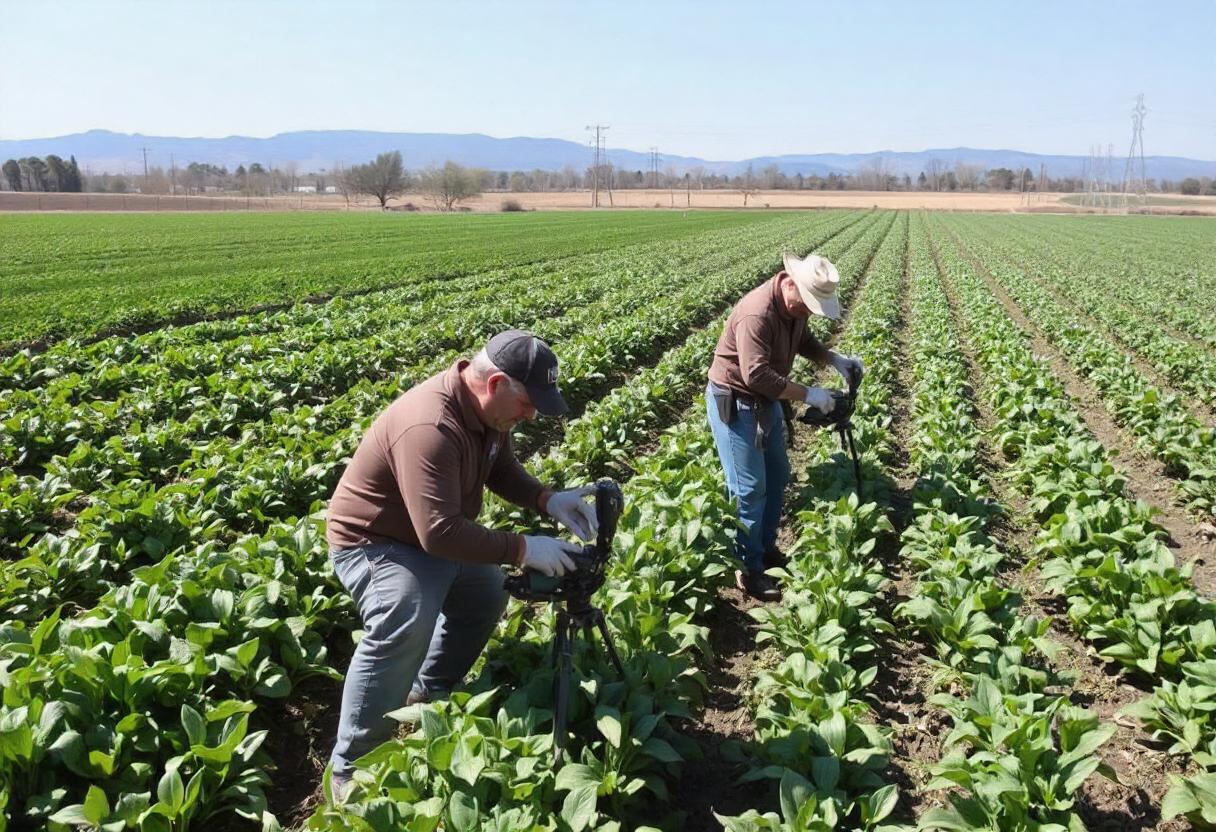
Precision agriculture, often referred to as precision farming, represents a significant advancement in the agricultural sector. This approach leverages modern technology to enhance crop production, improve farm management, and optimize resource use. By utilizing data-driven strategies, precision agriculture aims to make farming more efficient, sustainable, and profitable.
1. Geographic Information Systems (GIS)
Geographic Information Systems (GIS) are pivotal in precision agriculture. GIS technology enables farmers to map and analyze spatial data related to their fields. This includes soil types, topography, and crop performance. By integrating GIS with other data sources, farmers can make informed decisions about field management, such as where to apply different inputs like fertilizers and pesticides.
2. Global Positioning Systems (GPS)
Global Positioning Systems (GPS) are another cornerstone of precision agriculture. GPS technology provides accurate location data, allowing farmers to monitor and manage their fields with precision. GPS-guided machinery, such as tractors and harvesters, can follow exact paths, reducing overlap and minimizing waste. This leads to more precise application of inputs and better overall field management.
3. Remote Sensing
Remote sensing involves using satellite imagery or drones to collect data on crop health and field conditions. By capturing high-resolution images, remote sensing allows farmers to detect issues such as pest infestations, nutrient deficiencies, and water stress. This information enables targeted interventions, reducing the need for blanket treatments and promoting more sustainable farming practices.
4. Variable Rate Technology (VRT)
Variable Rate Technology (VRT) allows for the application of inputs at varying rates across a field. This technology uses data from GIS, GPS, and remote sensing to determine the specific needs of different areas within a field. For example, VRT can adjust the amount of fertilizer applied based on soil nutrient levels, ensuring that each part of the field receives the optimal amount of input.
5. Soil Sampling and Analysis
Regular soil sampling and analysis are crucial for precision agriculture. By collecting soil samples from various locations within a field, farmers can assess soil properties such as pH, nutrient content, and moisture levels. This data helps in making informed decisions about soil management and input applications, leading to improved crop yields and reduced environmental impact.
6. Automated Machinery
The advent of automated machinery has revolutionized precision agriculture. Tractors, planters, and harvesters equipped with advanced sensors and automation systems can perform tasks with high accuracy and consistency. Automated systems reduce the need for manual labor, minimize errors, and optimize field operations, resulting in increased efficiency and productivity.
7. Data Analytics
Data analytics plays a critical role in precision agriculture by interpreting the vast amounts of data collected through various technologies. Advanced analytics can identify patterns, trends, and correlations within the data, providing valuable insights for decision-making. By leveraging data analytics, farmers can refine their strategies, improve crop management, and enhance overall farm performance.
8. Internet of Things (IoT)
The Internet of Things (IoT) involves connecting devices and sensors to a network, allowing for real-time monitoring and control. In precision agriculture, IoT technology enables farmers to track environmental conditions, equipment performance, and crop growth. IoT sensors can provide continuous data on variables such as soil moisture and weather conditions, enabling timely and precise interventions.
9. Precision Irrigation
Precision irrigation systems use data from soil moisture sensors and weather forecasts to deliver water precisely where and when it is needed. These systems reduce water waste by targeting irrigation to areas with specific moisture requirements. By optimizing water use, precision irrigation enhances crop growth while conserving valuable water resources.
10. Decision Support Systems (DSS)
Decision Support Systems (DSS) integrate various data sources and analytical tools to assist farmers in making informed decisions. DSS platforms can provide recommendations for crop management, input applications, and harvest timing based on real-time data and predictive models. By supporting decision-making processes, DSS helps farmers optimize their operations and achieve better outcomes.
Precision agriculture practices represent a transformative approach to farming, driven by technological advancements and data-driven insights. By incorporating these practices, farmers can enhance productivity, reduce environmental impact, and achieve greater sustainability in their operations.